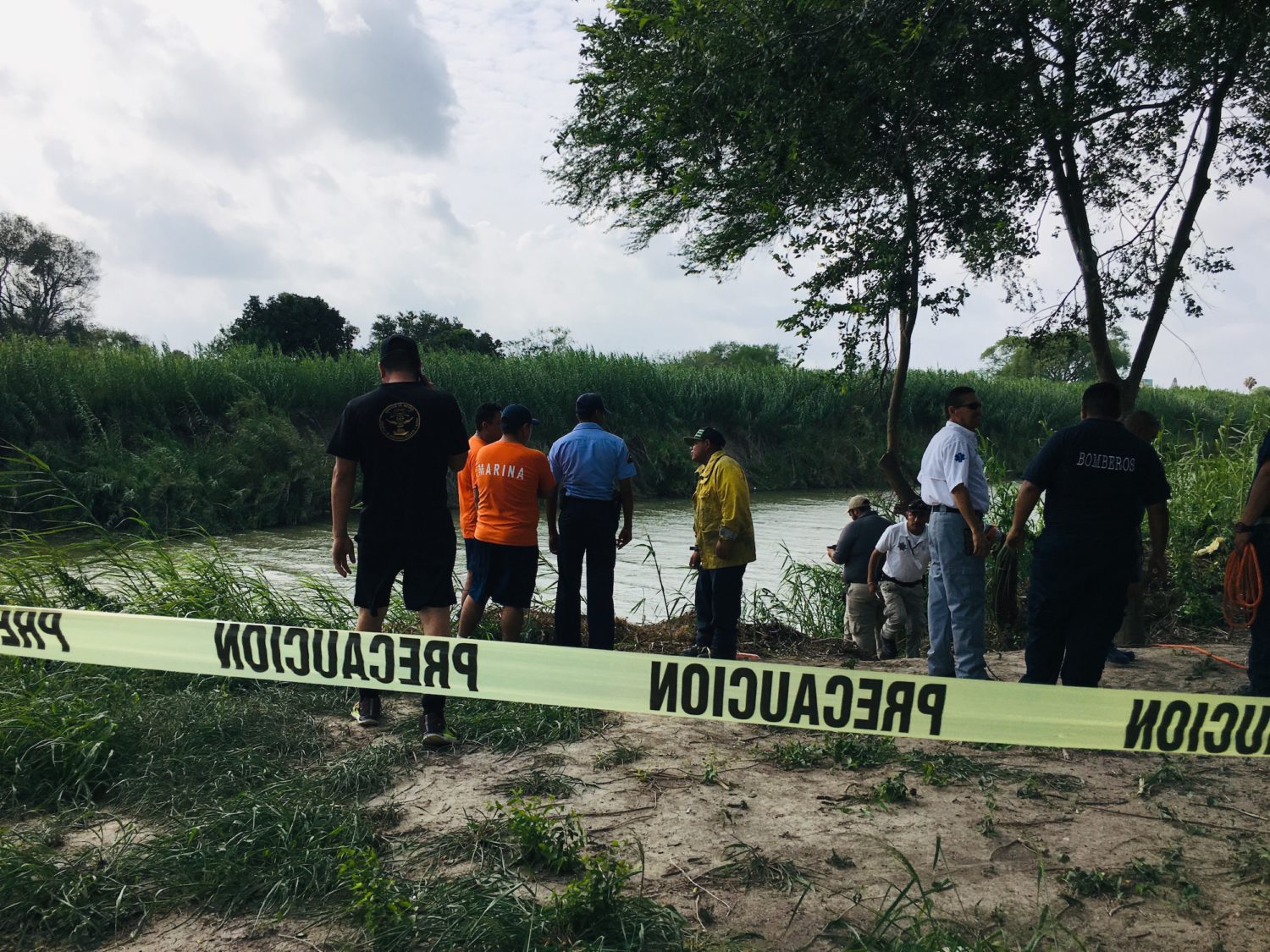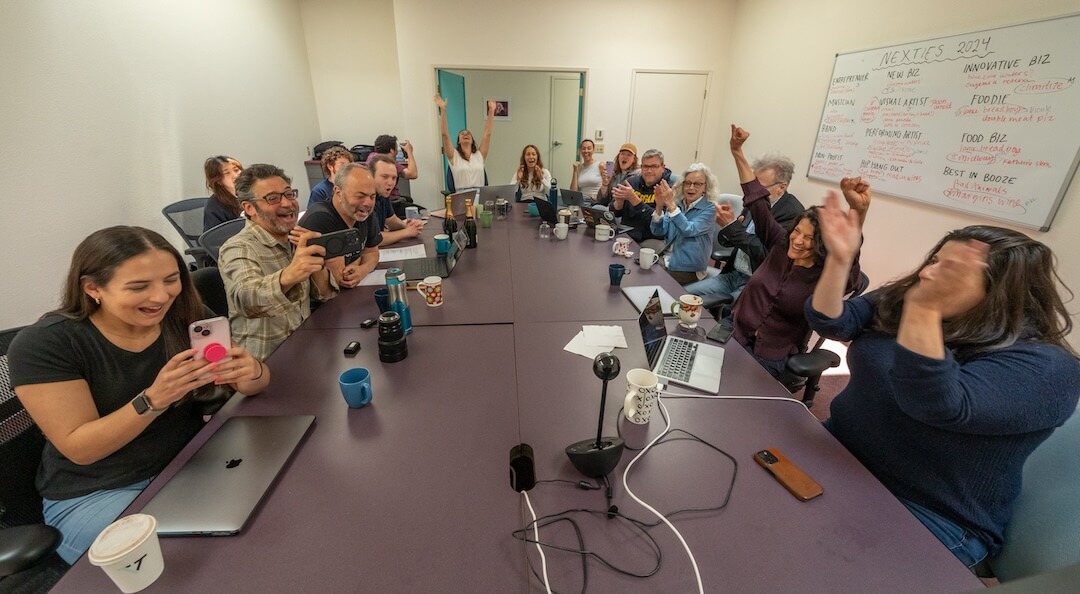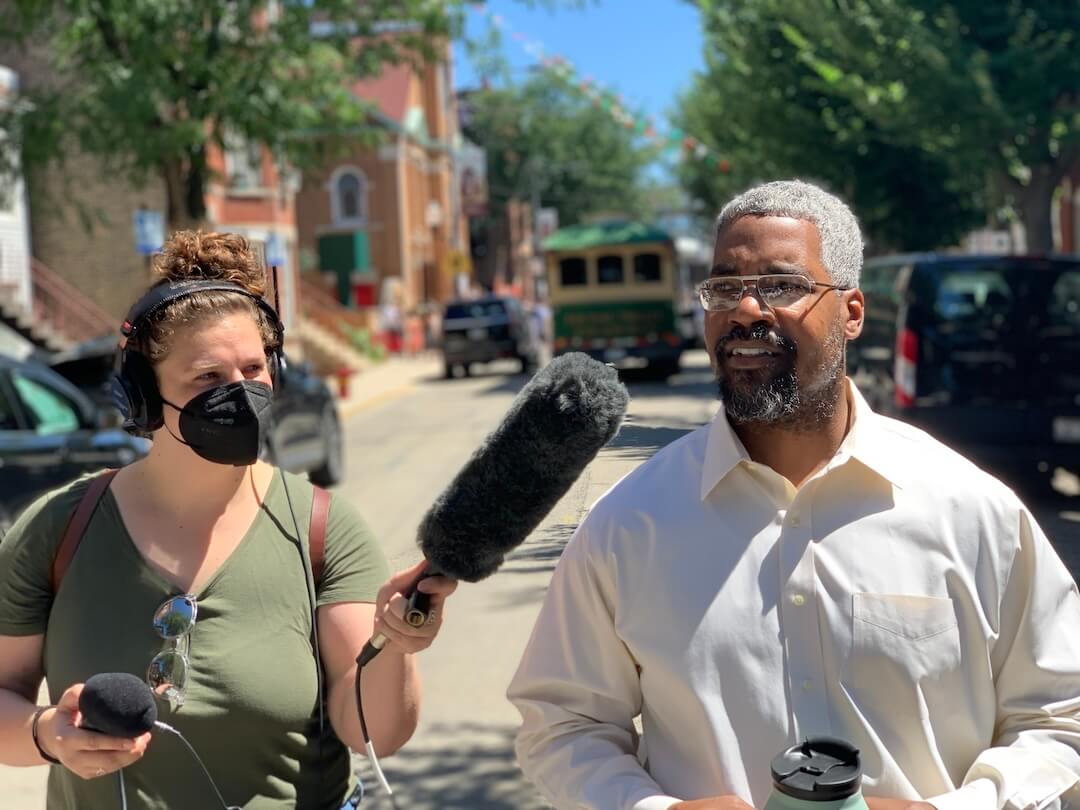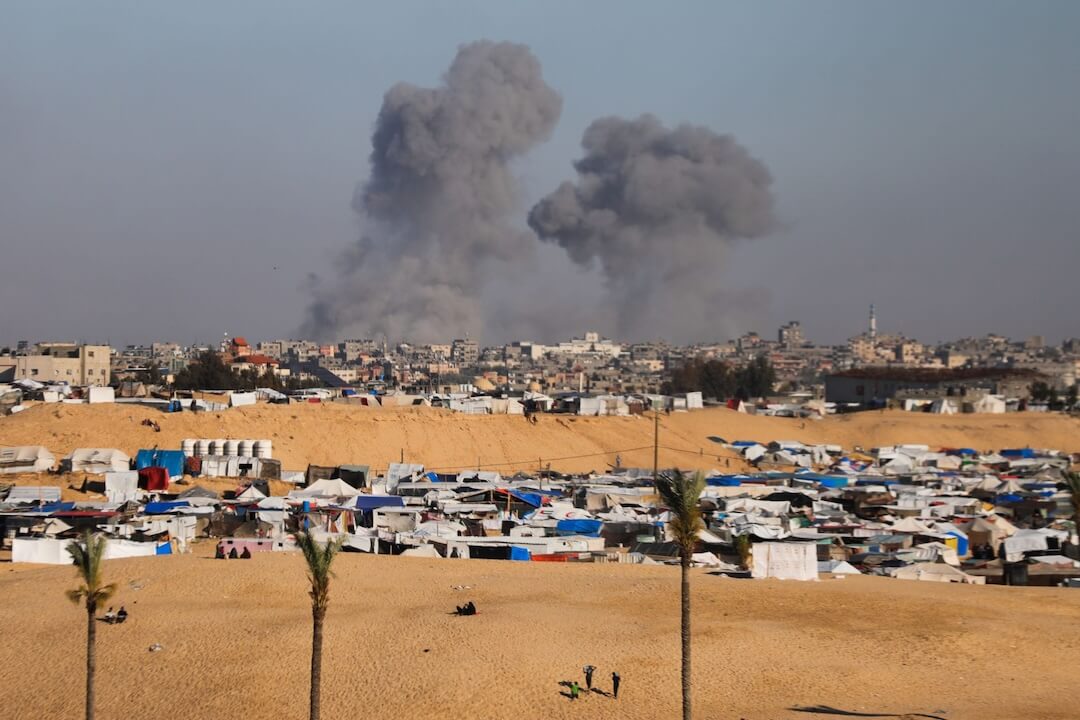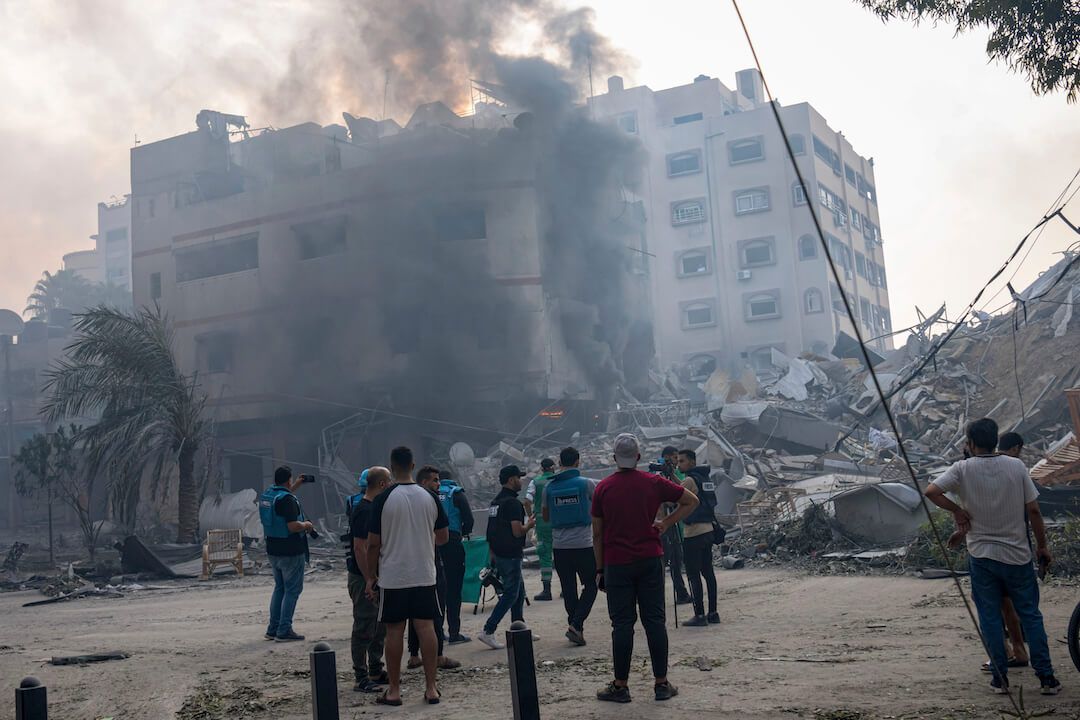Editor’s note: You can see the photo this column references by scrolling to the end of this story.
Journalists sometimes find themselves in the position of showing their audience a truth they would prefer not to see.
That is the spot the Associated Press found itself this week, when the wire service acquired the photo of Óscar Alberto Martínez Ramírez and his 23-month-old daughter, Valeria. The Salvadoran father and daughter were found Monday morning face down and drowned in the Rio Grande. They are now the image of the consequences of American policies at the southern border. The AP reported that Ramírez and his family had planned to apply for legal asylum, but found the border crossing closed and decided instead to swim across the river.
The photo was taken on the Mexican side of the river by journalist Julia La Duc and originally published first in the Mexican newspaper La Jornada. The AP acquired the photo and wrote this story about the father and daughter’s death.
The shocking image joins a small portfolio of iconic photographs that magnify the suffering of children caught in geopolitical chaos, including Kevin Carter’s 1993 picture of a starving Sudanese child collapsed outside a feeding center during a widespread famine, Nick Ut’s 1972 picture of a naked girl burned by napalm in Vietnam, and Nilufer Demir’s 2015 picture of 4-year-old Syrian refugee Alan Kurdi washed ashore in Turkey.
These photographs have the power to galvanize the public, much the way that David Jackson’s picture of Emmett Till’s open casket did in 1955.
Editors at the AP recognized the power of the image as soon as they saw it Monday evening, said Paul Haven, director of global top stories. He said that AP photographers have a strong relationship with La Jornada, and reporters and editors checked out La Duc’s story, including interviewing police officers and other witnesses who were on the scene. They examined the original file to ensure it was not inappropriately edited.
“It’s a timely, powerful image because of composition. The father and daughter together is especially poignant,” said AP Vice President for Standards John Daniszewski. “Although many people die along the border every year trying to get into the U.S., very rarely do we get a photo that tells the story so well.”
The AP took some heat from the National Association of Hispanic Journalists, which issued a press release criticizing the AP’s tweet of their story, which included the graphic photo, as “exploitative and dehumanizing.” NAHJ President Hugo Balta told me over the phone that by not giving their Twitter audience the choice of seeing the image, the AP seems to be using the picture to drive traffic to its story.
“Not a lot of thought was given to the impact that the image would have with the community and the audience,” Balta told me. “The Latino community is made to feel like it’s being taken advantage of.”
The AP did make different choices on other platforms, Haven said. When they sent the photo to their members, they ensured that it could not automatically publish. On Facebook, they pushed out other images first, so that users had to click through to see the photo in question. In AP mobile alerts, users did not see the image until they clicked through to the story. But for Twitter, he said, unless they divorced the photo from the story, they could not avoid a thumbnail of the image in the tweet.
“Our thinking was on Twitter was that it’s a lot of journalists,” Haven said. “It’s where people come for news.”
Any time a news organization shows a picture of dead body, there will be elements of exploitation. If there is overwhelming value to the public, then the newsroom’s choice is not whether to show the picture, but how to minimize the harm.
In this case, the AP made sure to name Ramírez and Valeria, to tell their story, to talk to their family and to include other images of the family. On top of that, Haven said, the AP is committed to documenting the conditions that drove them out of El Salvador in search of refuge in the United States.
It’s irresponsible for a news organization to shield its audience from hard truths. While most journalists took some steps to warn their viewers and readers of the upsetting nature of the picture, the methods varied (most TV anchors gave a heads up, while many news sites required a click through). The AP is first and foremost a newswire. And the tweet on the first day was a story about the shock of the photo.
Going forward, the press will be challenged to use the photo with specific purpose, rather than for sensational reasons. The decision about what, if any, speed bumps should be inserted to protect an audience member’s sensitivities has more to do with tone and the implicit editorial pact a newsroom makes with its audience. It makes sense that NPR didn’t lead with photo, but website readers see the image as they scroll down. The Dallas Morning News ran the picture with an opinion column about the sting of the photo on the sensibilities of Latino Texas Republican. The Los Angeles Times didn’t use the image on its homepage, but it runs at the top of the story.
The AP’s initial story and tweet were appropriate for the time and context of the story. And social media is first and foremost a visual platform, and images are the most valuable currency.
NAHJ’s Balta emphasized that he believes the public needs to see the photo. He just wanted them to have the opportunity to not see it. I disagree.
No matter what your political views on immigration are, the fact that so many children are suffering because of decisions made by the U.S. government is something every American should take note of.
Images sometimes change the course of history. The photos in 1955 in Jet Magazine from Emmett Till’s funeral were the spark that ignited the Civil Rights Movement. Rosa Parks told biographers her anger over Till influenced her refusal to relinquish her seat on the bus in Montgomery, Alabama, later that year.
Don’t exploit horrific photos without a journalistic purpose. But don’t hide them or place too many barriers in front of them, lest you duck your most important job.
Scroll down to see the photo.


